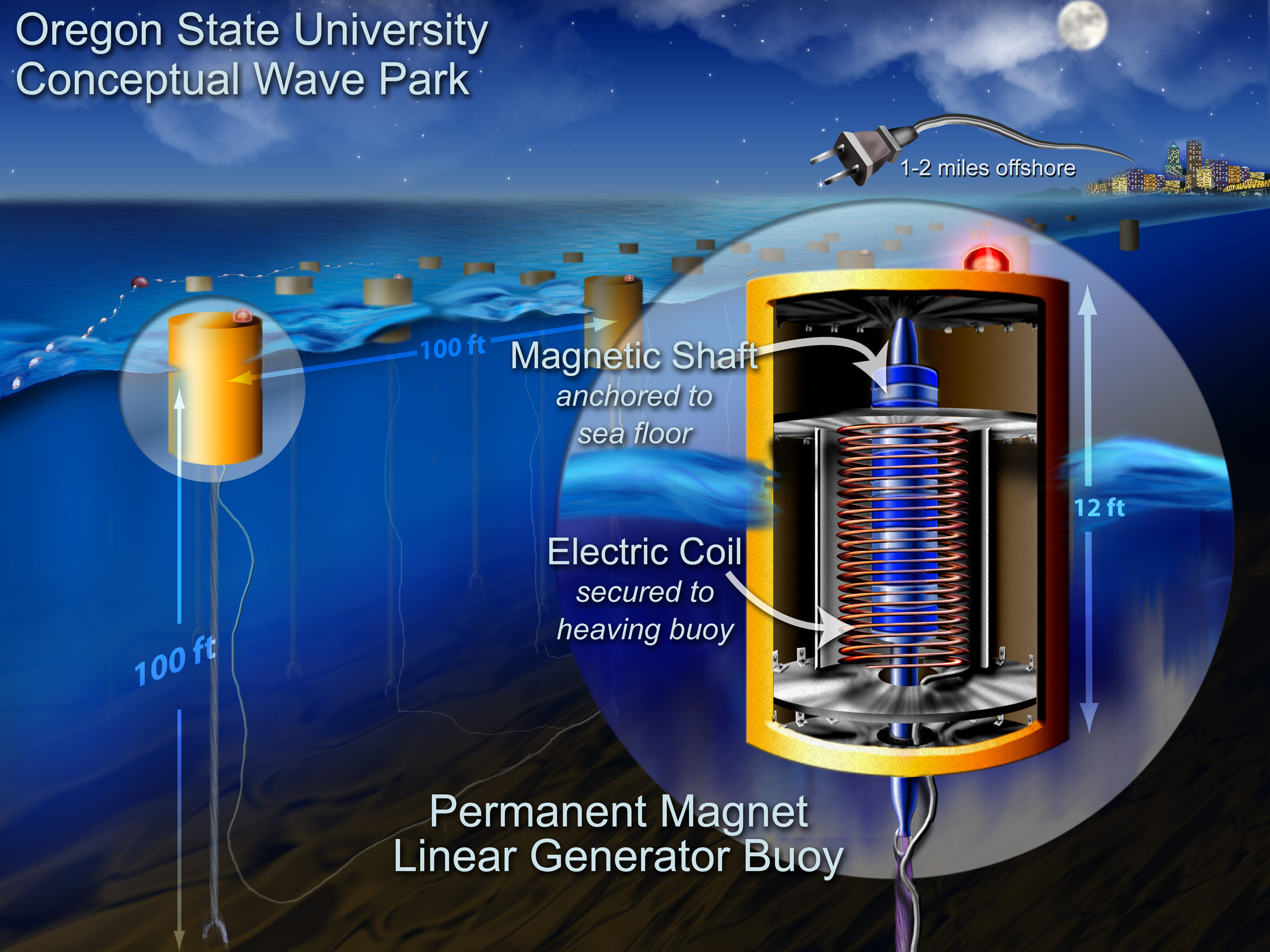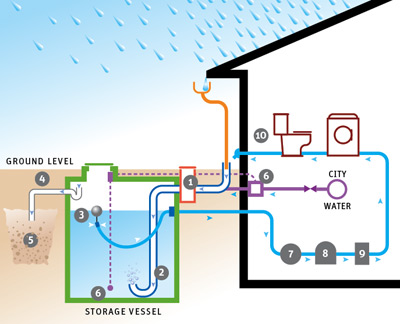
This semester has been extremely busy!!!! As previously outlined, I am working on two projects- one relating to the Dominican Republic and one relating to renewable energy sources. A third project however has stemmed from my Dominican Republic research. While in Human Dimensions of Wildlife in the College of Natural Resources, I have completed a survey project on water use throughout campus. This ties to graduate student Tammy's work on student water consumption very well. This week I am compiling my results from this study. Then I am going to finish my report on renewable energy and finally, I will collect and organize all of my information on the Dominican Republic project. I cannot believe this semester is almost over. Also this week, Heather and I both applied for the ACC Research Grant. Hopefully both of us will be funded for our work next semester. My proposal detailed a second trip to the Dominican Republic- but this time to the northern coast, instead of the eastern coast. This will add a new element to my DR project. I love research and I hope this project gets funded!!! I think about the importance of water resources every day and I am so happy to be working in the field of water resource research!









 CRAZY!! Look at all that agriculture!! Look at it! It is amazing to go out and look at the world aroud us and to try to image what it used to be back then. Currently, urban land cover accounts for over 90% of the land cover in Upper Stroubles Creek Watershed, whereas agricultural was the dominate land cover in 1937 (about 75% land cover). On the other hand, it is interesting to note the lack of forest cover in this image due to the complete flattening of land in the past for agriculture. So, even though urbanization is the present day man-made issue, there were other issues in the past, such as forest clear-cuts.
CRAZY!! Look at all that agriculture!! Look at it! It is amazing to go out and look at the world aroud us and to try to image what it used to be back then. Currently, urban land cover accounts for over 90% of the land cover in Upper Stroubles Creek Watershed, whereas agricultural was the dominate land cover in 1937 (about 75% land cover). On the other hand, it is interesting to note the lack of forest cover in this image due to the complete flattening of land in the past for agriculture. So, even though urbanization is the present day man-made issue, there were other issues in the past, such as forest clear-cuts.

